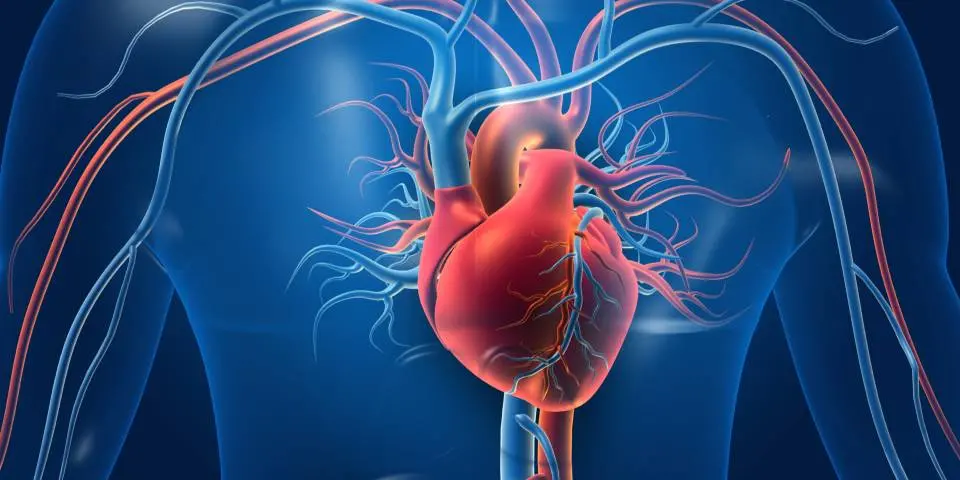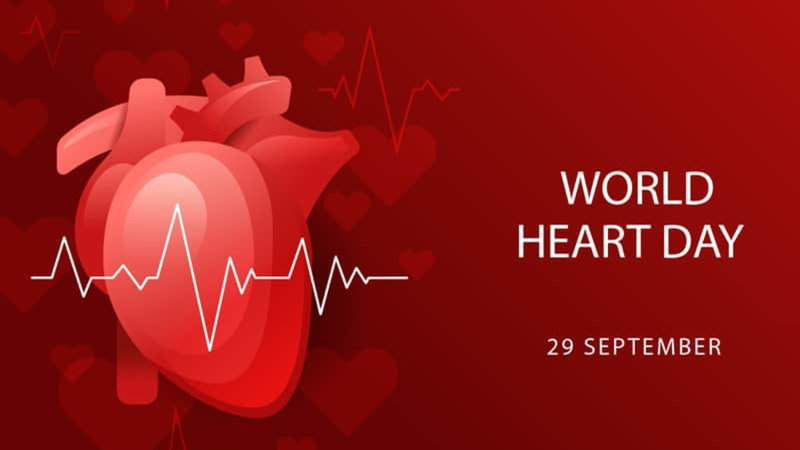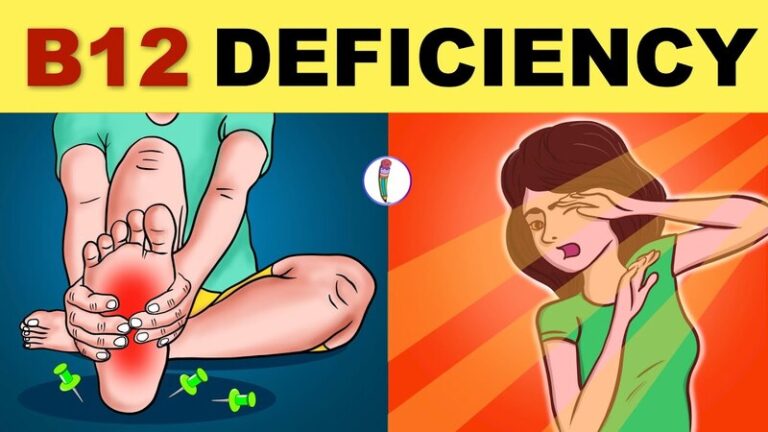World Heart Day, celebrated annually on September 29th, is a global campaign aimed at raising awareness about cardiovascular diseases (CVDs) and promoting heart-healthy lifestyles. Cardiovascular diseases remain a leading cause of death worldwide, but they are often preventable through lifestyle changes and early interventions. In this comprehensive essay, we will explore the significance of World Heart Day, the global burden of cardiovascular diseases, risk factors, prevention strategies, and the role of individuals, healthcare providers, and governments in promoting heart health.
The heart, an organ vital to life, pumps blood throughout the body, providing oxygen and nutrients to every cell. Cardiovascular diseases, which affect the heart and blood vessels, encompass a range of conditions, including coronary artery disease, heart failure, stroke, and hypertension. These conditions collectively represent a significant global health challenge, contributing to millions of deaths each year. World Heart Day, initiated by the World Heart Federation, aims to address this challenge by promoting heart-healthy behaviors and advocating for cardiovascular health at the individual, community, and global levels.
The Global Burden of Cardiovascular Diseases
Prevalence and Mortality
Cardiovascular diseases are a global epidemic, affecting people of all ages and backgrounds. They are responsible for a substantial portion of the world’s disease burden. Some key statistics illustrating the global burden of CVDs include:
- Cardiovascular diseases are the leading cause of death globally, accounting for over 17 million deaths each year, according to the World Health Organization (WHO).
- Approximately 31% of all global deaths are due to cardiovascular diseases.
- Coronary artery disease (CAD) alone is responsible for over 9 million deaths annually.
- Low- and middle-income countries bear a significant share of the CVD burden, with over three-quarters of CVD-related deaths occurring in these regions.
Economic Impact
Beyond the human toll, cardiovascular diseases impose a substantial economic burden on societies and healthcare systems. The costs associated with CVD treatment, including hospitalization, medications, and rehabilitation, place a strain on healthcare budgets and can hinder economic development. The financial impact of CVDs includes both direct healthcare costs and indirect costs such as lost productivity due to illness and premature death.
Risk Factors
Cardiovascular diseases are often associated with modifiable risk factors, making them largely preventable. Common risk factors for CVDs include:
- Unhealthy Diet: Diets high in saturated and trans fats, salt, sugar, and low in fruits, vegetables, and whole grains contribute to the development of CVDs.
- Physical Inactivity: A sedentary lifestyle increases the risk of obesity, hypertension, and other CVD risk factors.
- Tobacco Use: Smoking and exposure to secondhand smoke are major contributors to heart disease and stroke.
- Hypertension (High Blood Pressure): Elevated blood pressure strains the heart and blood vessels, increasing the risk of heart attacks and strokes.
- Diabetes: Uncontrolled diabetes can damage blood vessels and nerves, increasing the risk of CVD.
- Obesity: Excess body weight, especially when concentrated around the abdomen, is a significant risk factor for heart disease.
- Excessive Alcohol Consumption: Drinking too much alcohol can raise blood pressure, contribute to obesity, and increase the risk of heart disease.
- Stress: Chronic stress can affect behaviors that increase CVD risk, such as overeating, smoking, and physical inactivity.
- Genetics and Family History: A family history of heart disease and certain genetic factors can increase an individual’s susceptibility to CVDs.

World Heart Day: Raising Awareness and Taking Action
World Heart Day is an annual event designed to encourage individuals, communities, and governments to take action against cardiovascular diseases. It serves as a platform to promote awareness, educate the public about heart-healthy lifestyles, and advocate for policies and interventions that can reduce the burden of CVDs. The overarching goals of World Heart Day are:
1. Raising Awareness
Awareness is the first step in addressing any health issue. World Heart Day helps to educate the public about the importance of heart health, the risks associated with CVDs, and the preventive measures individuals can take. Through media campaigns, public events, and educational materials, people are reminded that heart health is within their control.
2. Encouraging Heart-Healthy Behaviors
One of the primary objectives of World Heart Day is to motivate individuals to adopt heart-healthy behaviors. This includes promoting regular physical activity, a balanced diet, smoking cessation, and stress management. World Heart Day emphasizes that small changes in lifestyle can have a significant impact on cardiovascular health.
3. Advocating for Policy Changes
World Heart Day is not limited to individual actions; it also seeks to influence policies and systems that affect cardiovascular health. Advocacy efforts focus on measures such as tobacco control policies, salt reduction initiatives, and the creation of environments that support physical activity.
4. Providing Resources and Support
World Heart Day serves as a resource hub for individuals seeking information and support to improve their heart health. Many organizations, including healthcare providers, offer free screenings, educational materials, and online resources to help people take charge of their cardiovascular well-being.
5. Mobilizing Communities
Community engagement is crucial in the fight against cardiovascular diseases. World Heart Day encourages local organizations, schools, workplaces, and communities to organize events and initiatives that promote heart health and foster a sense of collective responsibility.
Prevention and Intervention Strategies
Preventing cardiovascular diseases involves a multifaceted approach that addresses risk factors, promotes healthy lifestyles, and ensures timely medical interventions. Key strategies for preventing CVDs include:
1. Lifestyle Modifications
- Healthy Diet: Encouraging individuals to adopt diets rich in fruits, vegetables, whole grains, and lean proteins while limiting saturated fats, sugar, and salt intake.
- Physical Activity: Promoting regular physical activity, such as brisk walking, swimming, or cycling, to maintain a healthy weight, strengthen the heart, and lower blood pressure.
- Tobacco Control: Implementing comprehensive tobacco control policies, including increased taxes on tobacco products, smoking cessation programs, and public awareness campaigns.
- Moderate Alcohol Consumption: Encouraging responsible alcohol consumption and educating the public about the risks associated with excessive drinking.
- Stress Management: Providing stress management techniques and resources to help individuals cope with life’s challenges.
2. Screening and Early Detection
- Regular Check-ups: Encouraging routine medical check-ups to monitor blood pressure, cholesterol levels, and blood sugar, allowing for early detection and management of risk factors.
- Cardiac Screening: Recommending cardiac screenings for individuals with a family history of CVDs or other risk factors.
3. Medication and Medical Interventions
- Medication: Prescribing medications, such as stat
ins, antihypertensives, and anticoagulants, to control risk factors and prevent complications.
- Interventions: Performing procedures like angioplasty and bypass surgery to restore blood flow to the heart in cases of severe coronary artery disease.
4. Public Health Initiatives
- Salt Reduction: Implementing policies to reduce salt content in processed foods and restaurant meals to lower blood pressure at the population level.
- Tobacco Control Laws: Enforcing strict tobacco control laws, including graphic warnings on cigarette packages, bans on advertising, and smoke-free public spaces.
- Promotion of Physical Activity: Creating pedestrian-friendly environments, promoting safe cycling, and ensuring access to recreational facilities.

The Role of Individuals
Individuals play a central role in promoting their own heart health. Here are steps individuals can take to reduce their risk of cardiovascular diseases:
1. Adopt a Healthy Diet
- Prioritize a diet rich in fruits, vegetables, whole grains, and lean proteins.
- Limit the intake of saturated fats, trans fats, sugar, and salt.
- Practice portion control to maintain a healthy weight.
2. Stay Physically Active
- Aim for at least 150 minutes of moderate-intensity aerobic activity or 75 minutes of vigorous-intensity aerobic activity per week.
- Incorporate strength training exercises at least two days per week.
3. Avoid Smoking and Secondhand Smoke
- If you smoke, seek support to quit.
- Avoid exposure to secondhand smoke.
4. Limit Alcohol Consumption
- If you choose to drink, do so in moderation (no more than one drink per day for women and two drinks per day for men).
5. Manage Stress
- Practice stress-reduction techniques such as mindfulness, meditation, yoga, or deep breathing exercises.
6. Get Regular Check-ups
- Schedule routine medical check-ups to monitor blood pressure, cholesterol levels, and blood sugar.
- Follow your healthcare provider’s recommendations for screenings and preventive measures.
7. Know Your Family History
- Be aware of your family’s history of heart disease and share this information with your healthcare provider.
8. Stay Informed
- Educate yourself about cardiovascular health and stay updated on the latest guidelines and recommendations.

The Role of Healthcare Providers
Healthcare providers are essential in the prevention, diagnosis, and management of cardiovascular diseases. Their roles include:
1. Risk Assessment
- Conducting comprehensive assessments to identify risk factors for CVDs, including blood pressure, cholesterol levels, and lifestyle habits.
2. Education and Counseling
- Providing patients with information on heart-healthy lifestyles and strategies for managing risk factors.
- Offering smoking cessation support and resources.
3. Medication Management
- Prescribing medications to control blood pressure, cholesterol levels, and diabetes when necessary.
4. Monitoring and Follow-up
- Monitoring patients’ progress in managing their cardiovascular risk factors.
- Ensuring that patients attend regular check-ups and screenings.
5. Emergency Care
- Providing emergency care and interventions for patients experiencing heart attacks or strokes.
The Role of Governments and Public Health Institutions
Governments and public health institutions play a pivotal role in creating an environment that supports heart health. Their responsibilities include:
1. Policy Development
- Implementing and enforcing policies that promote heart health, such as tobacco control laws and salt reduction initiatives.
- Investing in public health campaigns to raise awareness about CVDs and heart-healthy behaviors.
2. Healthcare Infrastructure
- Ensuring access to affordable and quality healthcare services, including preventive care and cardiac rehabilitation programs.
3. Environmental Initiatives
- Designing cities and communities that encourage physical activity, such as building sidewalks, bike lanes, and parks.
- Promoting clean air and minimizing exposure to environmental pollutants.
4. Data Collection and Research
- Collecting data on cardiovascular diseases and risk factors to inform policies and interventions.
- Supporting research on CVD prevention, treatment, and innovation in healthcare delivery.
World Heart Day serves as a reminder of the global impact of cardiovascular diseases and the importance of taking action to prevent and manage them. By raising awareness, advocating for heart-healthy policies, and promoting individual and collective responsibility for heart health, World Heart Day contributes to the reduction of CVD-related morbidity and mortality worldwide. The global community must continue to work together to combat this pervasive health issue, ensuring that people of all ages and backgrounds can enjoy longer, healthier lives with well-functioning hearts.








































